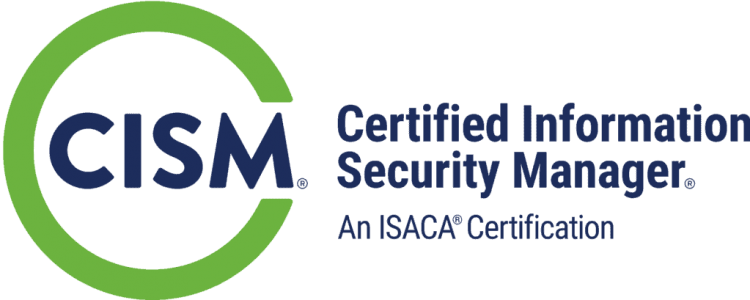Course Overview:
The CT-325: Security+ (SY0-701) class is the primary class you will need to take if your job responsibilities include securing network services, network devices, and network traffic. It will also help you prepare for the CompTIA Security+ examination (exam number SY0-701). In the CT-325: Security+ class you’ll build on your knowledge and professional experience with computer hardware, operating systems, and networks as you acquire the specific skills required to implement basic security services on any type of computer network. Let us help you prepare for the CompTIA Security+ exam (SY0-701).
TechNow is a CompTIA partner and uses official CompTIA Security+ curriculum.
Attendees to CT-325: Security+ will receive TechNow approved course materials and TechNow expert instruction.
Dates/Locations:
| Date/Time | Event |
|---|---|
|
02/09/2026 - 02/13/2026 08:00 -16:00 |
CT-325: Security+ TechNow – San Antonio, TX, San Antonio TX |
|
04/13/2026 - 04/17/2026 08:00 -16:00 |
CT-325: Security+ TechNow, Inc, San Antonio TX |
|
07/06/2026 - 07/10/2026 08:00 -16:00 |
CT-325: Security+ TechNow, Inc, San Antonio TX |
|
09/21/2026 - 09/25/2026 08:00 -16:00 |
CT-325: Security+ TechNow, Inc, San Antonio TX |
|
11/16/2026 - 11/20/2026 08:00 -16:00 |
CT-325: Security+ TechNow, Inc, San Antonio TX |
Duration: 5 Days
Course Objectives:
- Compare and contrast attacks
- Compare and contrast security controls
- Use security assessment tools
- Explain basic cryptography concepts
- Implement a public key infrastructure
- Implement identity and access management controls
- Manage access services and accounts
- Implement a secure network architecture
- Install and configure security appliances
- Install and configure wireless and physical access security
- Deploy secure host, mobile, and embedded systems
- Implement secure network access protocols
- Implement secure network applications
- Explain risk management and disaster recovery concepts
- Describe secure application development concepts
- Explain organizational security concepts
Prerequisites:
- CompTIA A+ and Network+ certifications, or equivalent knowledge.
- Windows 7/8/10 and Server 2008/2012/2016 experience required.
- Six to nine months experience in networking, including experience in configuring & managing TCP/IP.
Comments
Latest comments from students
User: joshjepsen@hotmail.com
Instructor comments: Instructor was very knowledgeable on all the course content. There were some instances when I felt he streamlined through some of the material too quickly, such as going over how to identify types of attacks.
